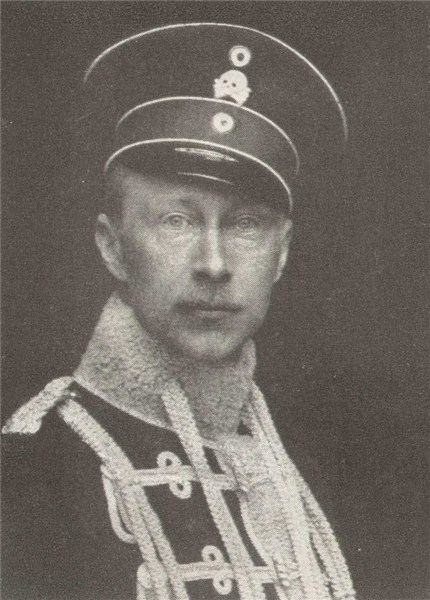When I was working on the exhibit Up the Beaten Path: Following the Chisholm Trail I ran across a short remembrance of the cattle trade in Harvey County that became one of my favorite stories.
Cornie R. (Royston) Reese (Mrs. John C.) recorded a brief story she had been told when she was a young girl growing up in Harvey County.
"The cow boys used to drive the cattle to Newton and let them browse along Sand Creek while they would go to the gambling houses and saloons. Mrs.O.B. Hildreth lived upon the hill over looking the cattle crossing of Sand Creek. She said those roving cattle would devour her garden. So, one day, she went out on her porch and yelled as loud as she could waving a red table cloth - she stampeded the herd and they ended up in Abilene."
Mrs. Hildreth had spunk! I wondered what else I could find out about her.
In the spring of 1870, twenty-seven year old O. B. Hildreth, a Civil War veteran, arrived in Kansas. He located on a quarter section of land in Darlington township. A year later, he sent for his wife, Mary. According to Mary's obituary, "she came to Newton in April 1871 with her baby Harriet in her arms, to meet her soldier husband." Just getting to her new home was an adventure. The Santa Fe Railroad had not yet completed the line to Newton, so Hildreth met his wife at Cottonwood Falls, "and they came the rest of the way in the covered wagon, camping over night at Peabody."
The Hildreth family settled on the claim near Sand Creek (today 400 W 10th). During these early years, Mary "tasted of the loneliness of the pioneer woman to the depths." She had her second child, John, in 1873. O.B. was busy with the farm and breeding horses. He was also engaged in the lumber business and laid out additions to the city of Newton. His 1892 obituary noted that "the evidences of his progressiveness are to be found on every hand."
 |
| Mary C. Hildreth, 1880 |
In the early years, Mary was busy with family. From the 1880 census, it appears that in addition to the two children, O.B.'s parents also lived with them, as well as two boarders. In 1892, O.B. died at the age of 49.
 |
10th Street Bridge over Sand Creek, Newton
Postcard, black & white, ca. 1908
Produced by Western Book & Publishing Co., Newton |
Postcards of the 10th Street Bridge located near the Hildreth home.
 |
10th Street Bridge, Newton
Postcard, color tinted, ca. 1910
Produced by Western Book & Publishing Co., Newton |
 |
10th Street Bridge, Newton
Postcard, color tinted, 1910 |
Mary was described as "a brave spirit, carrying on thru adversity, courageously and cheerfully, ever being an inspiration to the younger generation." She was a leader in the community. The first township election was held at their home and Mary made the ballot box. As the community grew, Mary was involved in many activities. "It was in the hospitable home on West Tenth street that many of the finer and better things for the community had their birth and their encouragement" including the organization of Newton's Free Library and the Newton Flower & Garden Club. She was a charter member of the Ladies Reading Circle established in 1880.
 |
Ladies Reading Circle, 1880
Charter Members
Seated: Margaret McKee, Emeline Ashbaugh, Laura Tripp, Louisa Lehaman, Mary Hildreth, Lovina Gilbert
Standing: Mary Cutler, Eva Patterson, Mary McKee, Mary Lynch, Kittie Goss, May Tarrance |
In May 1930, Mary was the last original member of the Ladies Reading Circle. The group honored her at their 50th Annual Meeting. During the presentation of Mary Hildreth's portrait, Mrs. Oscar Nelson, President of the Ladies Reading Circle, noted;
"For fifty golden years, she served,
In springtime and in bleak December,
A golden crown of love unswerved,
Shall deck our only chartered member."
 |
O.B. & Mary Hildreth Home
Constructed in 1878
400 W. 10th, Newton
Photo taken 1990 |
Mary C. Hildreth died October 28, 1930 and is buried in Greenwood Cemetery, Newton, Kansas.
Sources: The Kansan, 8 Dec. 1892; Evening Kansan-Republican, 9 May 1930; Evening Kansan-Republican, 28 October 1930; 1880 Census; Harvey County Historical Museum & Archives Photo Archives; Harvey County Historical Museum & Archives Vertical File.


























